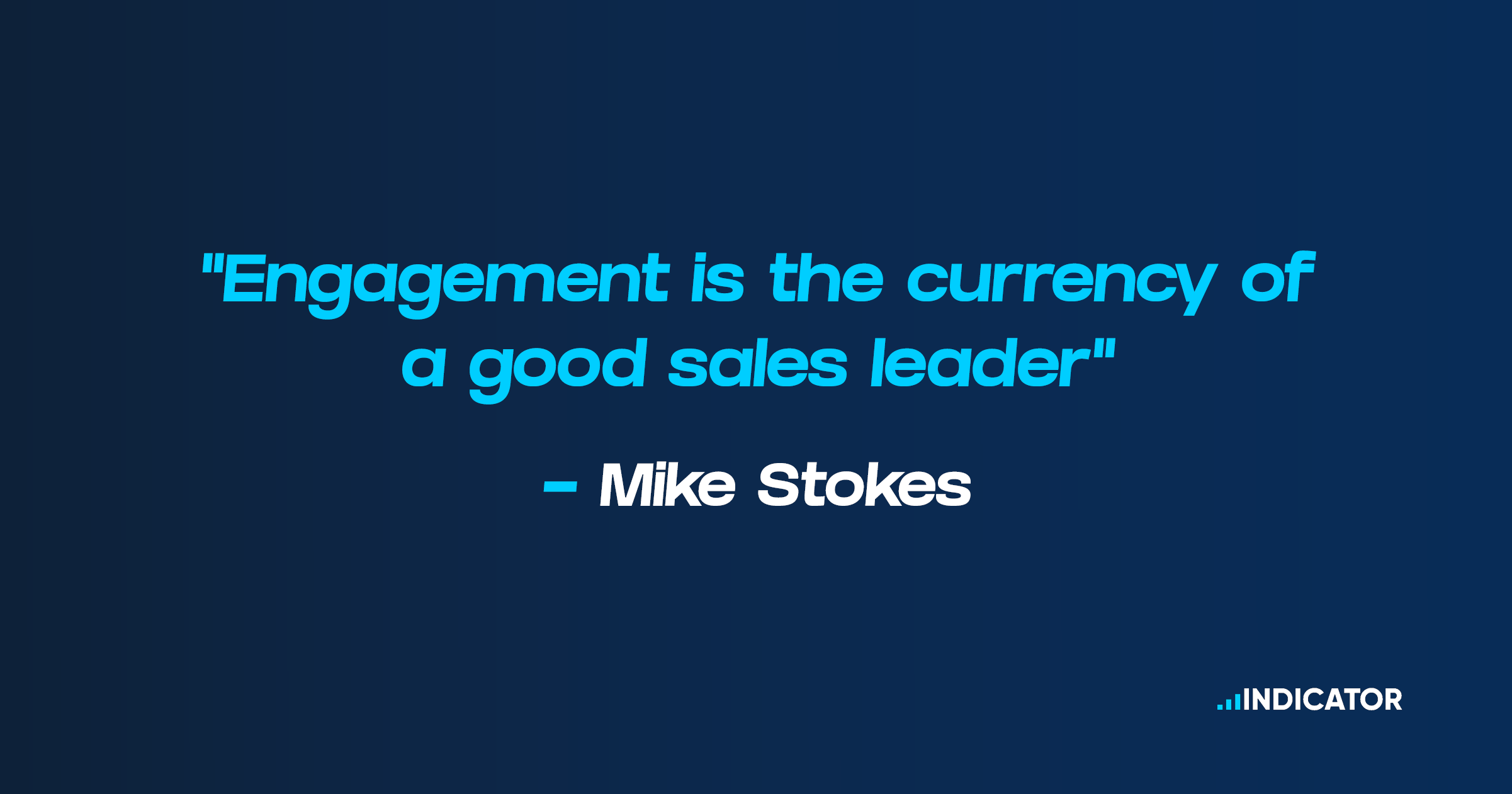As a sales leader, you’re responsible for building passion in your team, getting them excited to get up each morning to fight for the business. For this, you’ve got to build sales engagement. Gallup survey indicates that if you succeed, you can expect a 41% reduction in absenteeism, a 17% productivity increase, and a 20% sales increase. However, getting great sales engagement isn’t always so simple.
Let’s take a step back, and consider the machine that develops sales in your business, in terms of people, technology, and processes. Put simply, if your sales machine was a boat, what type would it be?
Maybe your business is the America’s Cup yacht of sales, with the latest technology, and operated by a highly trained team, who know exactly what they’ve got to do to win. You might be a trusty sailboat, regularly moving from A to B, perhaps with some technology on board, but you’re not going to win any races. Or perhaps you’re a rusted old trawler: barely floating, no technology, with a captain whose shirt is stained with mustard.
What does above anecdote tell us? It’s to recognise that the best sales people want to work for the companies who have the best systems, technology, and processes. If you’re a rusty trawler, your teams are likely to be listless, lethargic, and incapable of reaching great heights: you’ll have poor sales engagement and culture.
To become the America’s Cup yacht of sales, the company salespeople love and want to work for, you’ll need to take a look at how you’re operating and make changes.
Questions to ask for building sales engagement:
- How well do you understand your people and what motivates them?
- How are you actively engaging and developing your team?
- Does your team have the best technology to be successful?
Understanding your team’s values or what motivates them is critical. You need to know everything that drives them, in the same way a salesperson seeks to understand everything about a customer to help them. Once you understand your team’s motivators, you can tailor your leadership to the individual and share how their work meaningfully contributes to wider goals. To uncover your team’s motivators, you can ask the following questions:
- What is the most important thing in your career or your role (as a list)?
- Which one of these is the most important (in order)?
- Why is this so important to you?
Many of us have the desire to improve and your salespeople are no different. When you’re dealing with your salespeople, work on identifying areas they’d like to develop. Having individual and team development options are both great, provided they’re developed and embedded with regular praise. Giving praise isn’t about waiting for big outcomes: it’s praising the small things. Keep this ratio in mind when you’re developing your salespeople: 5 praises to 1 corrective feedback.
The US and UK are making considerable investment into sales tech, however, in New Zealand, many sales leaders aren’t embracing new technology. Dozens of new sales tools are hitting the market each year, with the capability to supercharge your salespeople; drawing them closer to customers, and their colleagues. If you discover a new tool which could change the way your team does sales, you don’t have to wait for it to be adopted by the IT department: technology adoption can start with one or two people using a tool which spreads to others over time. Remember to be:
- Curious about new sales technologies.
- Highlight areas where business could be done better.
- Start small, then advance.
One last thing you can evaluate is whether your actions are disengaging your salespeople. Micromanagement is guaranteed to disengage a salesperson as it highlights that you don’t trust them. Being too eager to jump in and correct a problem when supervising a salesperson can make them nervous and hamper their development. Sometimes your salespeople need to take initiative, and you’ll have to let them fail, but that doesn’t need to be an issue. You want to make sure you’re not giving too much corrective feedback, remember the 5:1 (praise: feedback) ratio.
This advice was shared by Mike for SalesHitch Episode #2 with Jonathan Hubbard, where he shared his personal approach to growing sales engagement.




